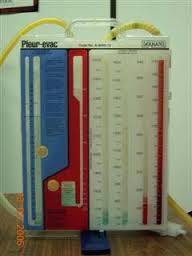
TE:TNG, version 3.0 is coming soon! Our fast-paced 4 hour program will be available again live this year (but you have to come see me in St. Paul MN), or via LiveStream on Thursday, September 17.
Our guest speaker is Dr. Brian Lin, author of the Closing the Gap – lacerationrepair.com website, talking about “Advanced wound closure tips and tricks.”
We also have a number of other live presenters, delivering 20 minute fact-packed talks on trauma topics applicable to all trauma professionals. Topics include:
- Top 10 Pearls of Palliative Care in Trauma
- For Level III centers: How to keep more trauma patients at your hospital
- De-escalation and takedown in the ED
Peppered among all the live presenters will be curbside consults, where we ask the specialists what you also wished you had asked. We’ll also show a variety of focused, 5 minute how-to videos on:
- Using ultrasound to start peripheral IVs
- Stabilizing prior to transfer
- Small bore chest tubes
- And more!
For more information, or to make arrangements to join us live or electronically, please visit our website at www.tetng.org
I’m looking forward to “seeing” you there!
Michael


